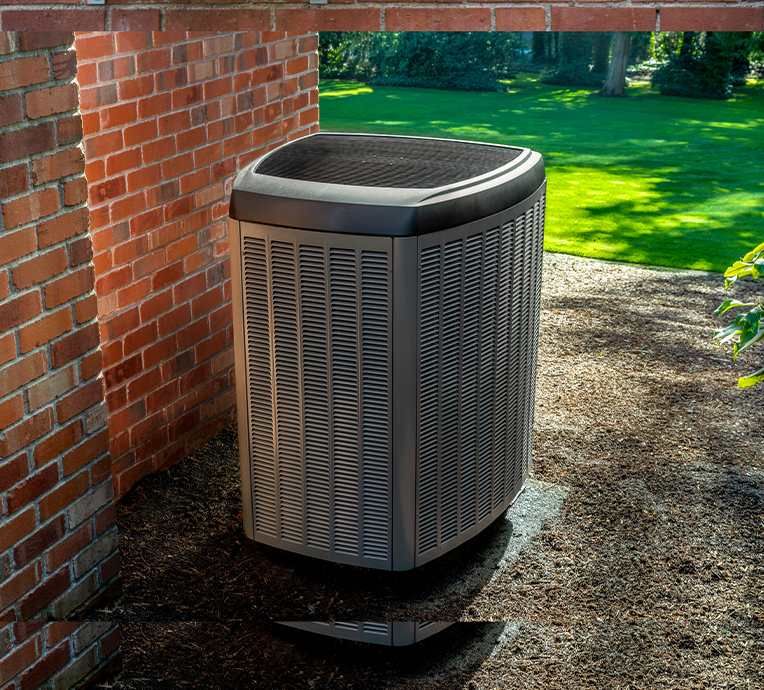The secret to keeping your heat pump from heating up bills

Have a heat pump? While cost-efficient, one key to managing its cold weather operating costs is to be aware of “auxiliary/emergency heat” provided by heat strips.
Crank up your thermostat more than two degrees at a time, and you may wind up amping up your power bill. But there’s a way to stay warm inside while keeping your energy bills chill.
Heat pumps are designed to respond quickly to your needs. Because of that, they include electric heat strips that come on when you turn up your thermostat more than a few degrees. For example, if you set your thermostat at 63 degrees during the workday, while you and your family are away, and someone comes home and turns the thermostat up to 69, the heat strip is probably going to come on to meet that request.
You’ll typically see an “auxiliary/emergency heat” indicator come on when that happens. It’s a warning that you’ve activated a more expensive heat source. Your power bill will reflect that.
In addition, most heat pumps can only operate without heat strips down to 32 degrees. When the temperature drops below that, the auxiliary heat strip will kick on, depending on your thermostat setting.
It’s a good idea to turn down your thermostat a few degrees when you’re away. Then, slowly turn it back up when you return. Programmable thermostats are great for this, because you can set them to turn down automatically, and then to gradually reach your original temperature setting before you arrive at home. With a smart thermostat, you can adjust it any time, anywhere from your phone.
Learning how to manage your heat pump helps you control your power bills. And that’s a cool way to stay warm.



